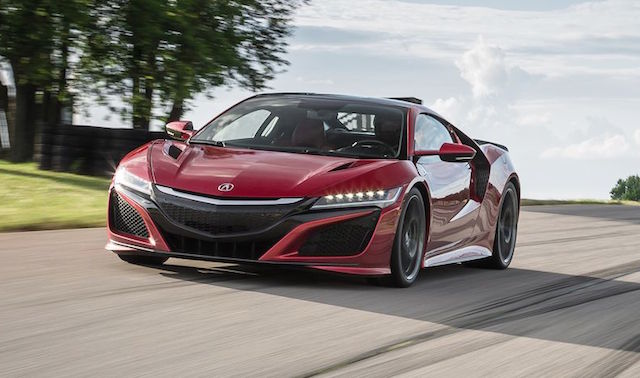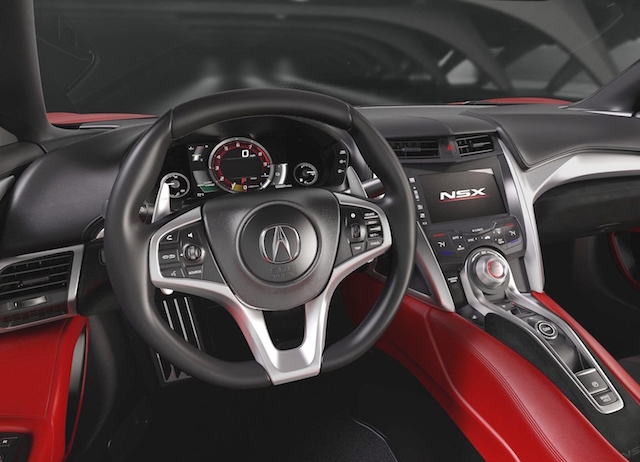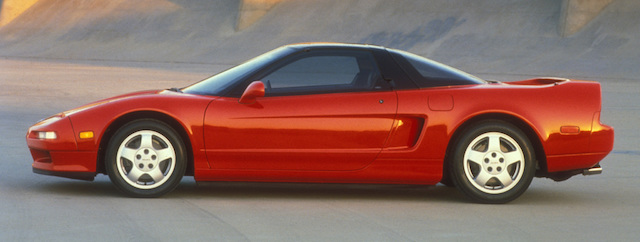
Honda will launch its NSX supercar in New Zealand in a couple of months – three years after it told prospective buyers to expect the hybrid petrol-electric, all-wheel-drive two-door in 2016.
It was January 2015 when Honda NZ managing director Nobuya Sonada opened the order book, saying he would have the NSX “from next year.” He added: “The NSX is part of Honda’s DNA and we are proud to bring this icon to New Zealand.”
But ongoing delays to right-hand-drive production kept stalling the car’s appearance here, to the point where as recently as a few months ago Honda NZ was still waiting for the factory to confirm production for New Zealand.
Now it’s on its way, a second-generation NSX loaded with technical gizmos and all the makings for permanent entry into the supercar ranks.
But will it be as outstanding as the 1991 original, the car the late Formula One champion Ayrton Senna helped prepare?
Honda obviously believes it will, going by the gushy superlatives in its press release … “the new Honda NSX pursues an altogether new and revolutionary idea for Honda supercar performance, melding timeless sports car values with next-generation technologies to create a New Sports eXperience.
“Just as Honda’s precision-crafted performance DNA guided the creation of the original NSX, every aspect of this new design is accordingly a next-generation expression of those same values.”
No word yet on the price of the NSX in New Zealand – that is expected when it lands here in May. As a rough guide it lists in the United States at US$158,000 ($NZ220,000).
But options such as carbon-ceramic brakes, carbon-fibre roof, carbon-fibre interior and exterior add-ons, Alcantara headliner, and a high-spec technology package can push the price above $US200,000 ($NZ275,000).
Powering the NSX is a 7500rpm twin-turbocharged 3.5-litre V6 engine mounted north-south on the rear axle and mated to an electric three-motor Sport Hybrid SH-AWD (Super Handling All Wheel Drive) system.
One electric motor and a lithium-ion battery sits between the V6 and a nine-speed dual-clutch transmission. The other two are on the front axle at each wheel, providing all-wheel drive, torque vectoring, and 27kW/72Nm to each wheel.
The powertrain is good for around 420kW/640Nm, output which propels the NSX from 0-100km/h in 3.0 seconds and on to a top speed of 300km/h.
Four drive modes are available – Quiet, Sport, Sport+, Track. In Quiet, engine revs are capped at 4000rpm, and the NSX runs on battery-electric power as much as possible.
Sport lifts the rev limit, delivers sportier shifts, and pipes some exhaust noise into the cabin. Sport+ delivers maximum torque, adds weight to the steering, and pipes in even more sound.
Track mode dials in launch control, blocks touchscreen access to the air-conditioning and audio systems, opens up the car’s sound track, maintains battery charge at 60 per cent, to aid consistent lap times.
The first-generation NSX (below) went on sale in 1991. It received a facelift in 2002 before being officially discontinued in 2005. Honda had the second-generation NSX pretty much ready to go in 2008 but shelved it when the global financial crisis bit deep.




